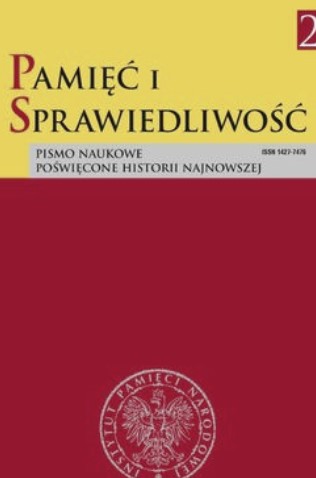Hungary’s Communist Party Élite in the “Long” Fifties (1948–1962)
Hungary’s Communist Party Élite in the “Long” Fifties (1948–1962)
Author(s): KÁLI CSABASubject(s): Political history, Government/Political systems, Political behavior, Comparative politics, WW II and following years (1940 - 1949), Post-War period (1950 - 1989), History of Communism
Published by: Instytut Pamięci Narodowej
Keywords: Hungary’s communist party élite 1948–1962; Hungarian Working People’s Party; Hungarian Socialist Workers’ Party;
Summary/Abstract: This article endeavours to analyse some characteristic segments of Hungary’s communist party élite between 1948 and 1962. Besides considering nationwide data, I introduce, at least partially, through highlighting one or two major characteristics, some smaller geographical areas, too. First of all, I survey the distinguishing features of Hungary’s capital Budapest, which is followed by an in-depth analysis of certain specific data characterising Zala County, a western region of Hungary. In the second half of the 1940s, a generation in their twenties to thirties seized control over politics within the MKP-MDP apparatus, and the same generation – changing only in terms of the individuals it comprised – retained its hold on power. It is partly for that reason that, after the revolution was crushed in 1956, the reconstructed party now named MSZMP was not simply built upon the membership of the old MDP but on its former staff of apparatchiks. While in the late forties a young and hardy individual unencumbered with personal loyalties represented the ideal type of party operative, after 1956, the experienced, reliable activist embodied the most desirable paid party apparatchik. It was an activist who had proved his loyalty during the perceived watershed year of 1956, so he or she belonged to the aforementioned generation, and therefore was obviously older.
Journal: Pamięć i Sprawiedliwość.
- Issue Year: 32/2018
- Issue No: 2
- Page Range: 236-258
- Page Count: 23
- Language: English

